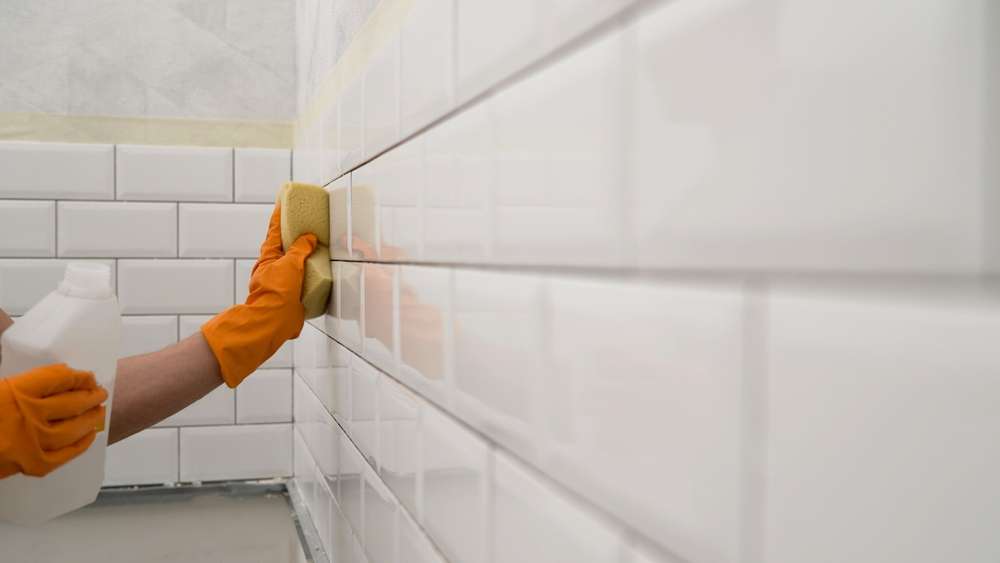Retrofitting older homes: steps to improve wet area durability
Older homes often have charming features but wet areas like bathrooms can be vulnerable to moisture and decay. This article outlines practical steps to improve durability in showers, baths, and floors by addressing ventilation, waterproofing, drainage, and material choices while keeping accessibility and sustainability in mind.

Retrofitting older homes: steps to improve wet area durability
Older properties may have limited moisture control and outdated construction that can accelerate mold, rot, and tile failure. When planning wet-area upgrades, prioritizing ventilation, waterproofing, and durable finishes helps protect structure and indoor air quality. Thoughtful choices in heating, drainage, flooring, and maintenance routines also reduce long-term repair needs while improving safety and comfort.
How can ventilation and humidity control reduce mold?
Proper ventilation is the first line of defense against excess humidity and mold growth. Install or upgrade extraction fans to provide adequate air changes for the size of the room, and consider timed or humidity-triggered controls so fans run when needed. Passive ventilation, such as trickle vents or improved window seals, can complement mechanical systems. Keeping ambient humidity lower through ventilation and dehumidifiers helps protect paint, timber frames, and finishes while reducing the likelihood of persistent mold that requires remediation.
What waterproofing and drainage upgrades are effective?
Waterproofing and effective drainage prevent moisture from reaching structural elements. In older homes, check and, where necessary, replace membrane layers in wet zones such as showers and behind tubs. Apply appropriate liquid-applied or sheet membranes that meet local building standards, and ensure lengths of the membrane run up walls and over substrate joints. Improve floor drainage by confirming slopes toward drains, replacing undersized or corroded drains, and installing overflow protections. Good waterproofing ties together surfaces, sealants, and drainage to create continuous protection against leaks.
How to choose flooring, tiles, grout, and sealant for durability?
Select flooring and tiles rated for wet environments and compatible with the subfloor construction beneath older homes. Porcelain tiles, engineered stone, or compact vinyl plank can offer durable, low-porosity surfaces. Use grout with low water absorption and add epoxy grout where heavy use or staining is a concern. Choose high-quality, mildew-resistant sealants for joints and transitions, and ensure sealant bead profiles allow for movement without cracking. Proper installation, correct substrate preparation, and grout/sealant maintenance extend the life of tile systems.
Can heating and sensors limit moisture-related damage?
Integrating heating and environmental sensors reduces condensation and supports quick drying after use. Underfloor heating or compatible radiant systems warm surfaces and air, lowering relative humidity in cold climates and helping to avoid condensation on tiles and mirrors. Humidity sensors that control fans or provide alerts can automate responses to high-moisture events. For older buildings, confirm electrical capacity and insulation levels before adding heating elements, and place sensors in representative locations to avoid false readings from localized steam.
What maintenance routines extend wet area lifespan?
Routine maintenance prevents small issues from becoming costly repairs. Regularly inspect grout and sealant lines for cracks, re-seal joints as needed, and clear drains to avoid backups that increase moisture exposure. Check ventilation systems for lint and blockages and test fans periodically. Address localized mold growth promptly with appropriate cleaners and remedial drying, and investigate recurring damp spots to identify hidden leaks. Documenting a simple maintenance schedule helps homeowners in older properties protect investment and indoor air quality.
How to balance accessibility and sustainability in retrofits?
Retrofits can simultaneously improve accessibility and lower environmental impact. Choose slip-resistant yet durable flooring and consider curbless shower designs that reduce tripping hazards while simplifying drainage design. Select materials with long lifespans and low-VOC finishes to support indoor air quality; recycled-content tiles and responsibly sourced timber can reduce environmental footprint. Water-efficient fixtures paired with reliable waterproofing reduce consumption without compromising durability. Thoughtful planning ensures upgrades meet mobility needs and sustainability goals while minimizing future waste from premature replacement.
Retrofitting wet areas in older homes requires a coordinated approach that addresses airflow, moisture barriers, surface choices, heating, and ongoing care. Prioritizing continuous waterproofing, proper drainage, and maintainable finishes avoids many common failure points. Combining sensor-driven ventilation and appropriate heating with a clear maintenance plan preserves both structure and indoor comfort, while accessibility and sustainability considerations help ensure upgrades remain useful and responsible over time.





